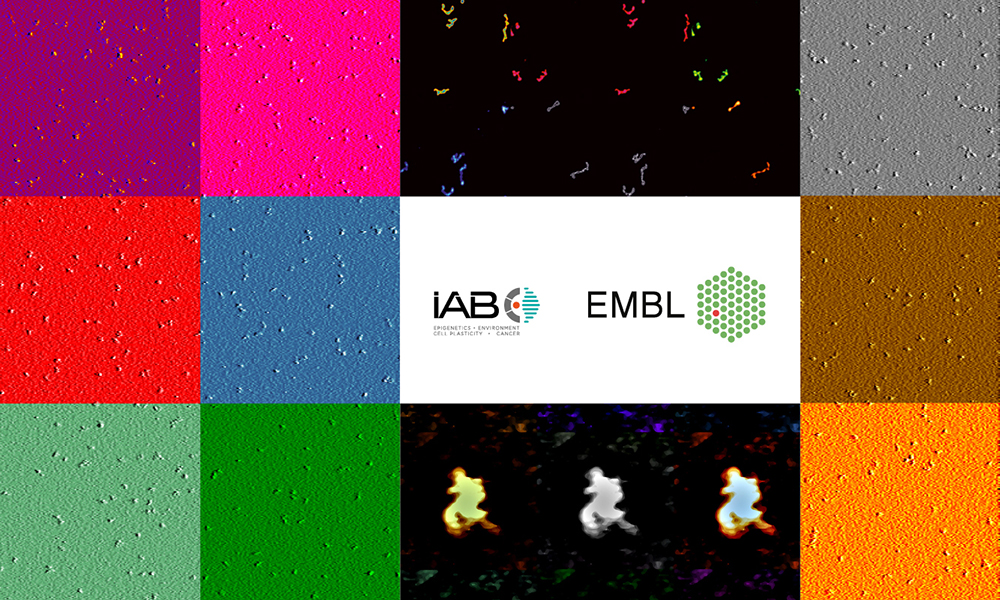Looking back at a fruitful year of the two institutes working together

The memorandum of understanding (MoU) signed between EMBL and the Institute for Advanced Biosciences (IAB) a year ago has already catalysed new grants for joint research projects related to cancer and infection biology, thereby deepening collaborative activities.
New grants to study non-coding RNAs
Researchers from EMBL Grenoble and IAB recently received funding from the Région Auvergne-Rhône-Alpes (AuRA) and from FINOVI - a foundation which supports infectious diseases research in France - to carry out studies on long non-coding RNA (lncRNA) involved in cancer suppression and viral infections.
These highly collaborative projects - the first to be funded within the framework of the MoU - will involve research groups and facilities from EMBL sites in Grenoble and Heidelberg, and structural biology infrastructure from the EPN campus. They will also leverage translational and clinical expertise through IAB and its collaboration with the Grenoble Alpes University Hospital (CHU).
The AuRA grant specifically funds collaborative projects between local institutions and international partners located in strategic geographical areas defined by the French government, in this case the Baden-Wuerttemberg region of Germany, where EMBL Heidelberg is situated.
"By attributing this grant, AuRA and FINOVI appreciate the role that EMBL Heidelberg will play as a strategic partner of regional scientific centres in Grenoble by adding value through the use of three core facilities: Genomics, Proteomics, and Advanced Light Microscopy," explained EMBL Grenoble group leader Marco Marcia, who leads the project together with the IAB researcher André Verdel. "The involvement of facilities at IAB and EMBL showcases very well the interdisciplinarity and societal relevance of joining the research programmes of the two institutes."
Through the two EMBL-IAB research projects, scientists will investigate MEG3, a very large RNA that influences the activity of the protein p53 - a key regulator of cell proliferation. The researchers will look at how MEG3, by stimulating p53, could potentially prevent cancer development and counteract viral infections.
Meeting of scientific minds
The new studies are well aligned with common research areas at EMBL and IAB, including epigenetics and infection biology. They also fit well within Grenoble's research and innovation ecosystem, where several institutes and industries have a well-developed focus on health-related aspects.
In this respect, the MoU also catalysed the creation of new Grenoble-based scientific clubs to bring researchers in Grenoble together. The Grenoble Host-Pathogen Interactions Club and the Grenoble Drug Discovery Club follow the model of the existing Grenoble Epigenetics Club. Both clubs launched a series of virtual meetings in 2021, each gathering several hundreds of participants from Grenoble, other areas in France, and beyond.
A year of fruitful collaboration between both institutes concluded with an EMBL-IAB meeting on 22 November. Bringing in EMBL Rome's Ana Boskovic as a speaker, the event supported the aim of increasing collaboration between IAB and all EMBL sites. "This inspiring meeting highlighted both long-running and new collaborations between the institutes, paving the way for more jointly funded projects," said Head of EMBL Grenoble Stephen Cusack.






